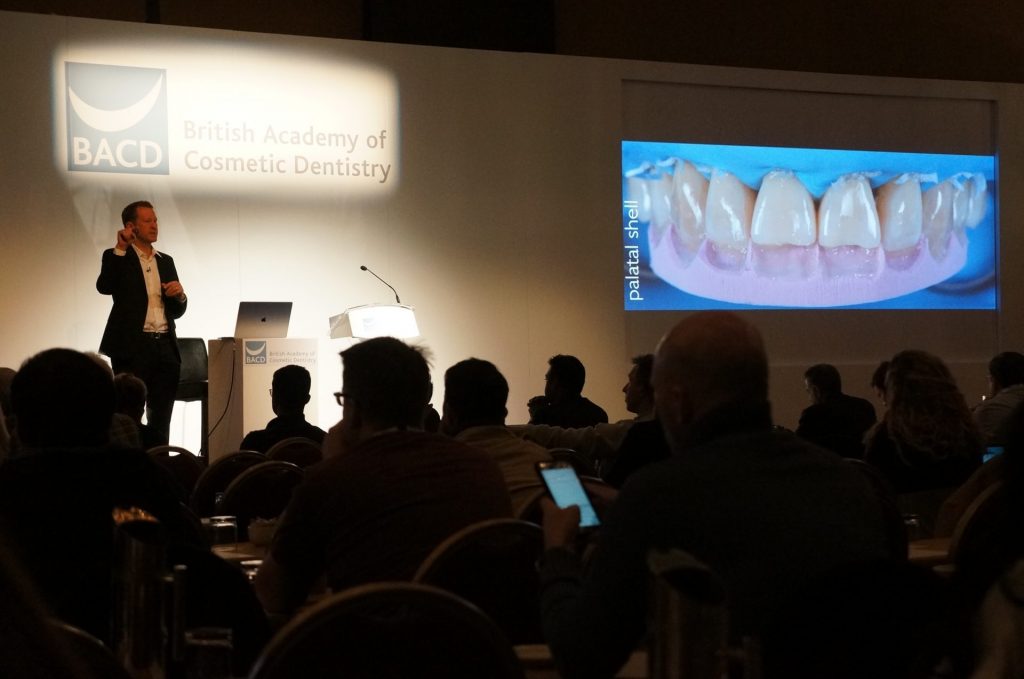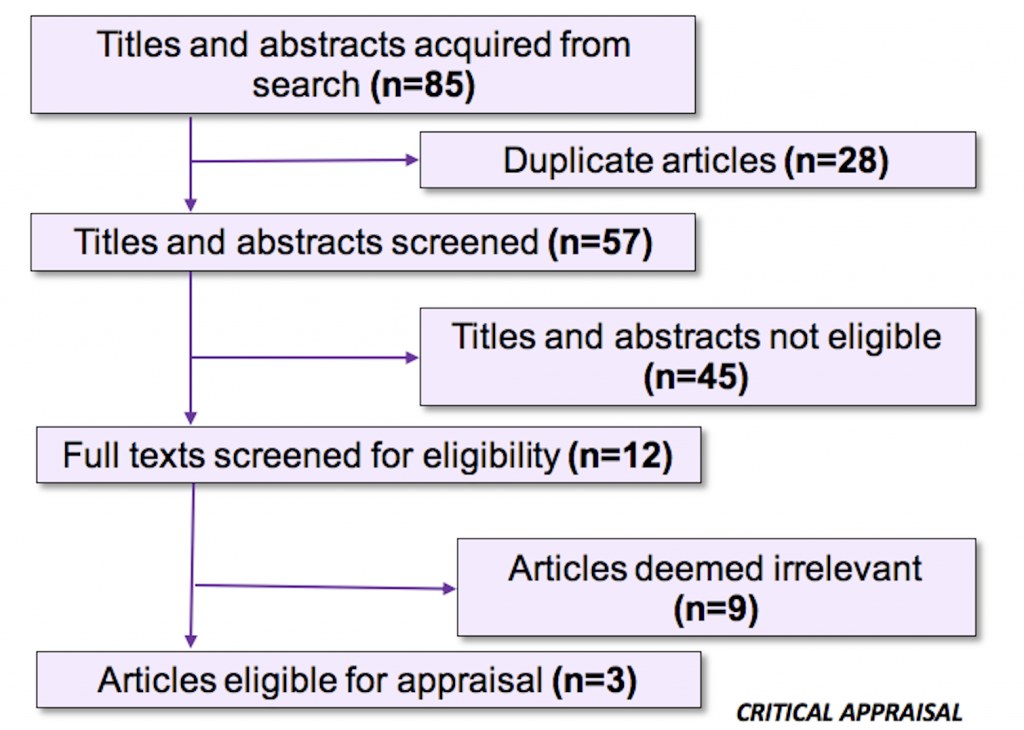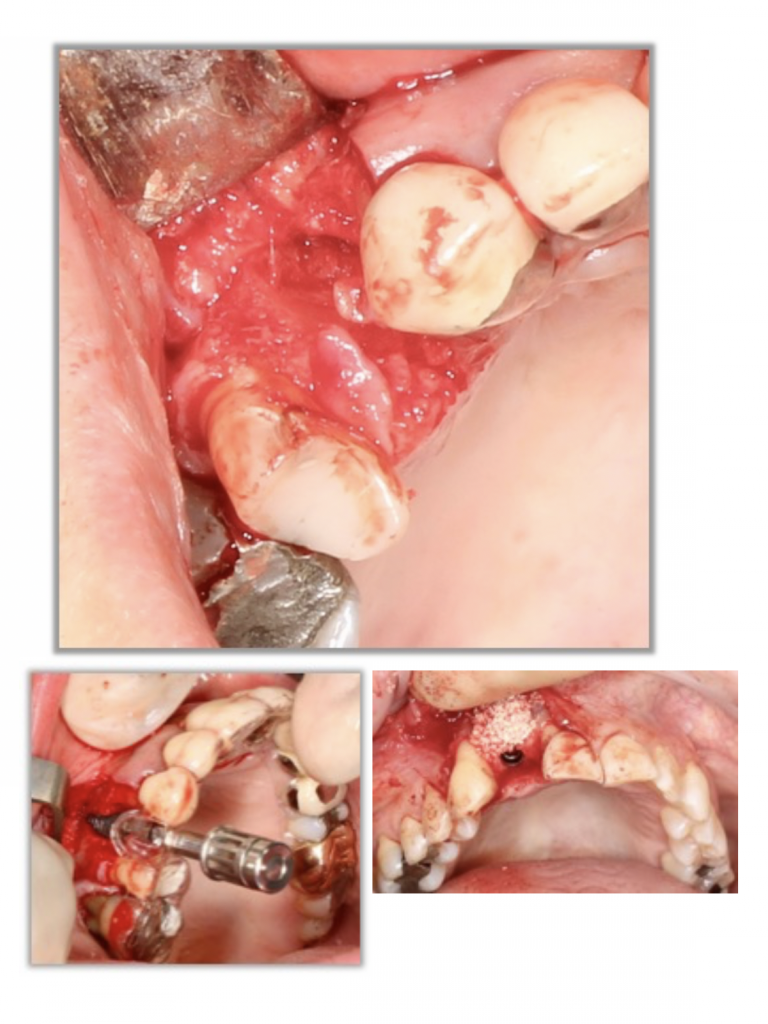The exceptional line-up of speakers at this year’s sold-out BACD Annual Conference included Dr Tony Rotondo. He travelled from as far away as Australia to share his many pearls of wisdom.
On the first day of the conference, he invited delegates to his hands-on workshop, where he showed clinicians how to restore the mesio-incisal third and create natural-looking composite veneers. The workshop began with an exploration into the theory of colour perception, with a focus on hue, chroma and value. He also discussed translucency and how it relates to dental composite materials.
“I learned something from an exceptional prosthodontist in the US,” Dr Rotondo said. “Imagine being in a plane and flying over an island. If you look out the window, you might see the shore line of the island as it meets the sea but as you look further out, the ocean appears a deeper blue and you can’t see the ocean floor. The deeper a swimmer goes under the surface of the sea, the deeper blue the ocean will appear. It’s the same concept with dentine and enamel.”
After presenting a case study – where he restored the mesio-incisal third of his son’s anterior tooth – Dr Rotondo detailed the steps involved with creating a silicone key for a wax-up model. He advised clinicians to try and minimise interference with the dam, visualise the palatal finish line on the silicone key, ensure proximal adaptation, and position the incisal finish line in the mid-incisor.
For the hands-on part of the workshop, delegates followed Dr Rotondo’s step-by-step instructions on creating a composite veneer by building up the material. The age of the patient will ultimately dictate the placement of the dentine on the tooth.
“I’m often fighting my natural instincts so that the restoration doesn’t look too regular,” he said. “I do have a tendency to seek out a bit of irregularity.”
Dr Rotondo explained that after the dentine has been built up, this is the right time to use an abrasive or separating strip to create space between the teeth. He spoke about a German dental technician that described the process of applying dentine composite material as “gud, besser, scheisse”, emphasising that it is better to start off building up a little bit of composite and adding more when required. Otherwise, clinicians could end up with a poor, overworked result. Dr Rotondo then went on to show delegates how to trim, polish and contour the composite veneer with various different burs.
He said: “The hardest part of this process is the interproximal surfaces – trim all the way to the contact point but not beyond with a disc bur. The solution to avoid opening the contact point is to create separation between the teeth with wedges. I will then try to create valleys on the surface of the tooth rather than grooves with a speed-reducing handpiece – 95% of this will be polished out eventually. Having a flat incisal edge isn’t really what happens in nature, so I will also take a little bit of the material away if needed to ensure a natural-looking result.”
This highly engaging workshop concluded with Dr Rotondo showing delegates how he finishes off a composite veneer by applying peri-chromata to the tooth.
Commenting on her experience, Dr Harriet Morse said: “I thoroughly enjoyed my morning learning about composite veneer techniques with Tony – so many great tips to away and a very engaging speaker!”
“Great hands-on morning with Tony Rotondo,” said Dr Orestis Angeletos-Paparizos. “He was clear, informative and concise without any show-off.”

On the second day of the conference, Dr Rotondo shared his knowledge on the management of complex and interdisciplinary cases with direct resin. Reinforcing many of the ideas and concepts discussed during his workshop, he discussed the importance of facial analysis before planning for a composite restoration. He also explained that the first step of treatment is to determine the incisal edge position, the incisal plane, and tooth size/proportions in order to “create a vision for the case”.
Going through the step-by-step techniques he uses to build up composite restorations, Dr Rotondo discussed the idea of FOOC (Fear of opening the contact) and how clinicians are often afraid to open the contact point when contouring. Again, he advised practitioners to create space between the teeth with wedges.
During his lecture, Dr Rotondo also explained how making the teeth the right shape before orthodontics became his treatment philosophy for creating a common vision between the restorative dentist and the orthodontist. He demonstrated the value of following this philosophy to resolve the combined issue of space appropriate and altered tooth morphology in some cases. These include those requiring tooth substitution, as well as those involving micro-dontia, macro-dontia, or the loss of tooth volume due to attrition, abrasion and erosion.
Alongside Dr Mario Semenza on stage, Dr Rotondo brought the morning to a close with an engaging Q&A session, where delegates were able to engage in lively debate about the application of both direct and indirect restorations.
Dental student, Zain Rizvi, said: “I found Tony to be an engaging and interactive speaker. His tips and techniques about restoring incisal factures and doing composite veneers were very helpful and provided insight into his own methods.”
For further enquiries about the British Academy of Cosmetic Dentistry, visit www.bacd.com










